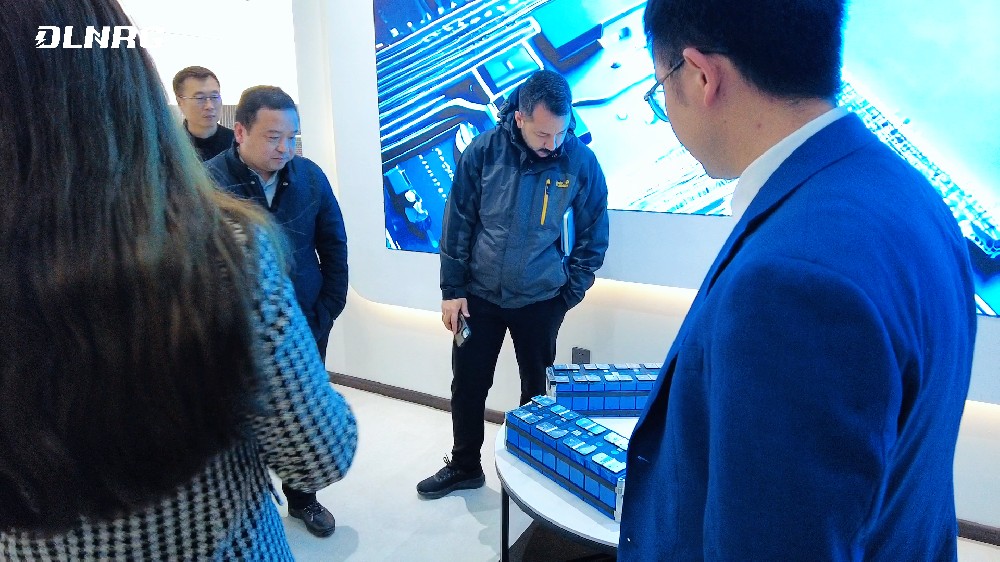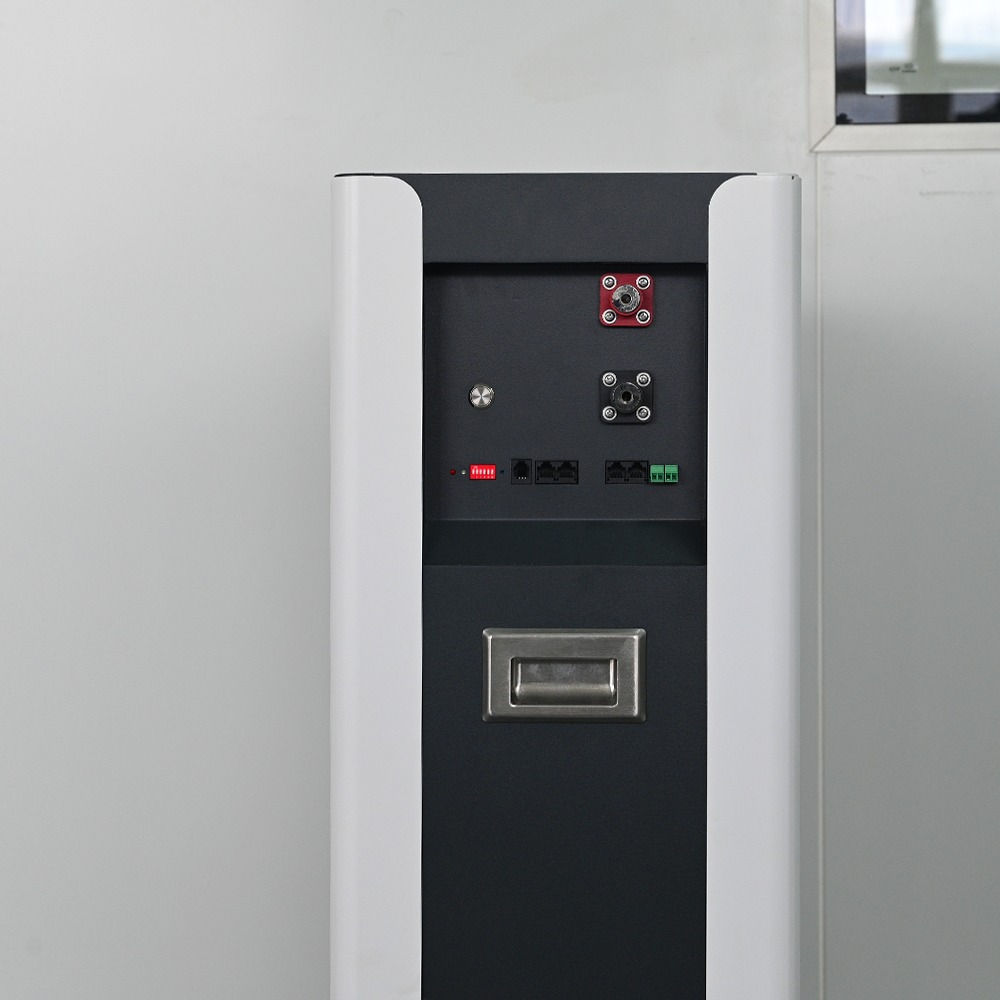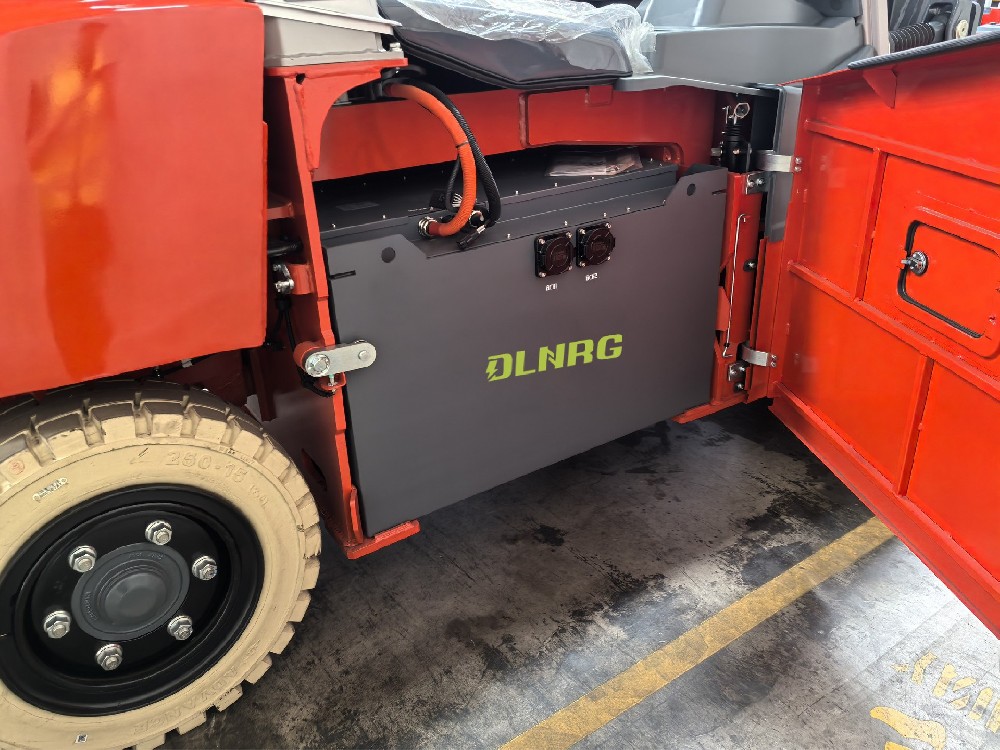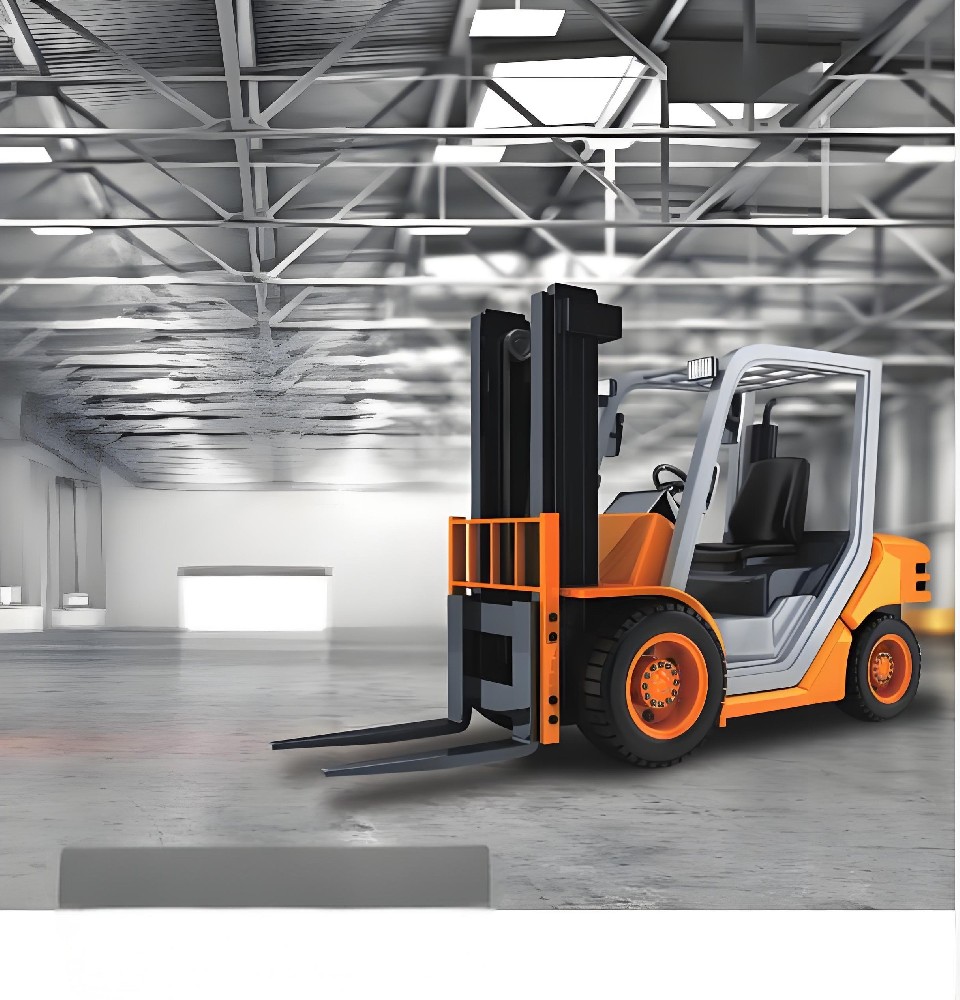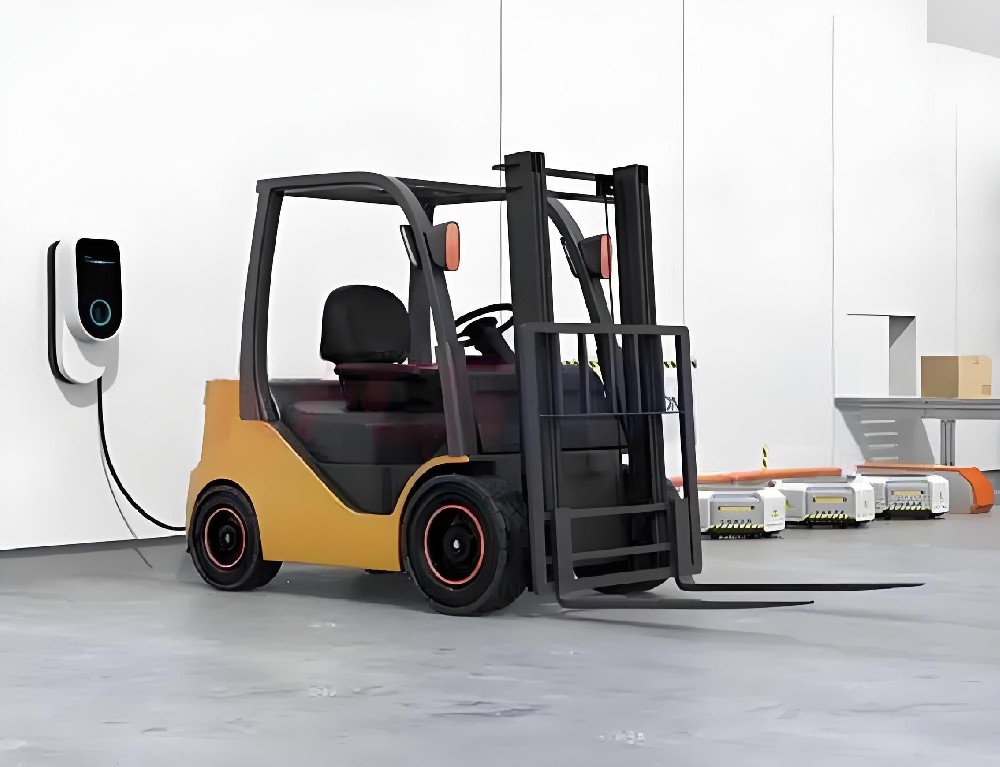There are significant differences in cost-effectiveness between electric forklifts and traditional internal combustion engine forklifts (mainly diesel forklifts). The following is a detailed comparison of the two in terms of purchase cost, use cost, maintenance cost and long-term benefits:
1. Purchase cost
Electric forklifts: Due to the use of a more complex power system (including motors, gearboxes, batteries and controllers, etc.), and some key components such as controllers may need to be imported, their purchase cost is usually higher than that of traditional internal combustion engine forklifts. Taking a 3-ton load forklift as an example, the standard configuration factory price of an electric forklift may be as high as 119,000 yuan, while the price of an internal combustion forklift with the same load is about 60,000 yuan.
Internal combustion engine forklifts: Its power system is relatively simple, mainly relying on the engine and gearbox for power, and there are many parts produced and supplied domestically, so the purchase cost is low.
2. Use cost
Electric forklifts: With electricity as the power source, the energy consumption cost is much lower than that of fuel forklifts. Taking a 3-ton forklift as an example, an electric forklift consumes about 6 kWh of electricity per hour (or less, depending on actual usage). Calculated at 1 yuan per kWh, the energy consumption cost per hour is only 6 yuan. In contrast, the fuel consumption cost of an internal combustion forklift may be as high as tens of yuan per hour. In addition, electric forklifts can further save electricity costs by charging at night and taking advantage of the peak and valley electricity price policy.
Internal combustion engine forklift: Diesel or gasoline is used as the power source, and the fuel consumption cost is relatively high. And as the fuel price fluctuates, its use cost will also change accordingly.
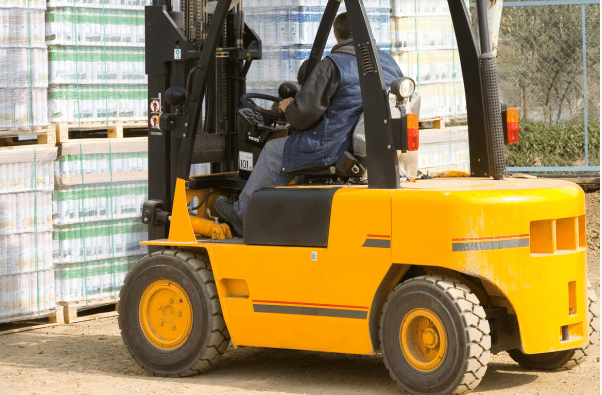
3. Maintenance cost
Electric forklift: The structure is relatively simple, with few moving parts and low maintenance requirements. Daily maintenance mainly includes battery charging, tire inspection, fastener tightening, etc., and the cost is much lower than that of internal combustion forklifts. In addition, electric forklifts do not need to replace wearing parts such as spark plugs and fuel injectors, which further reduces maintenance costs. Its maintenance cycle is also usually longer, which may reach more than 1000~1500 hours.
Internal combustion engine forklift: The engine structure is complex and the maintenance requirements are high. It is necessary to regularly replace engine oil, oil filter, air filter and other parts, and maintenance is required every 200 to 500 hours. In addition, it is necessary to regularly replace consumable parts such as spark plugs and fuel injectors, which increases maintenance costs.
4. Long-term benefits
Electric forklifts: Although the initial purchase cost is high, in the long run, due to its advantages such as low energy consumption, low maintenance cost and compliance with environmental protection trends, the total cost of use of electric forklifts is usually lower than that of internal combustion forklifts. In addition, electric forklifts can also help enhance the corporate image and help companies achieve sustainable development.
Internal combustion engine forklifts: Although the purchase cost is low, the energy consumption and maintenance costs are high in long-term use. And with the tightening of environmental protection policies, the use of internal combustion forklifts may be restricted or face higher emission taxes.
In summary, from a cost-effectiveness perspective, electric forklifts have more advantages in long-term operations. However, when choosing a forklift, it is also necessary to consider factors such as specific usage scenarios, operating environment, and the company's financial strategy.
